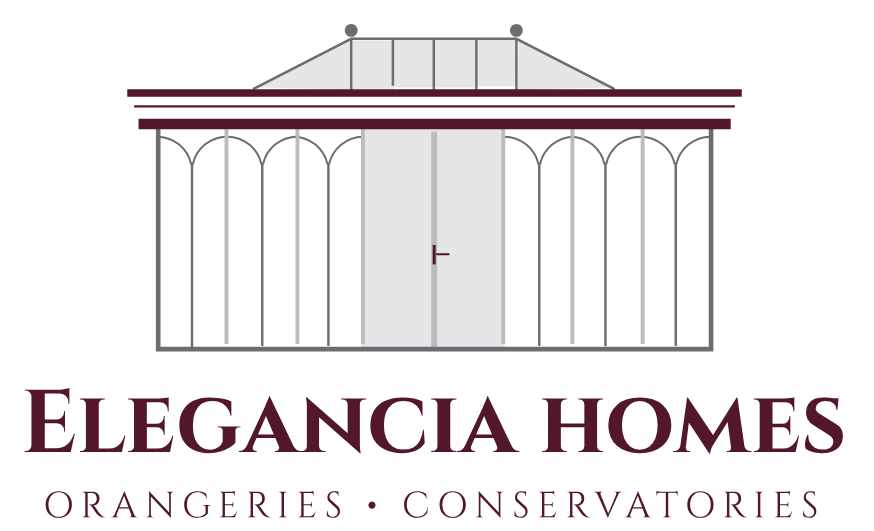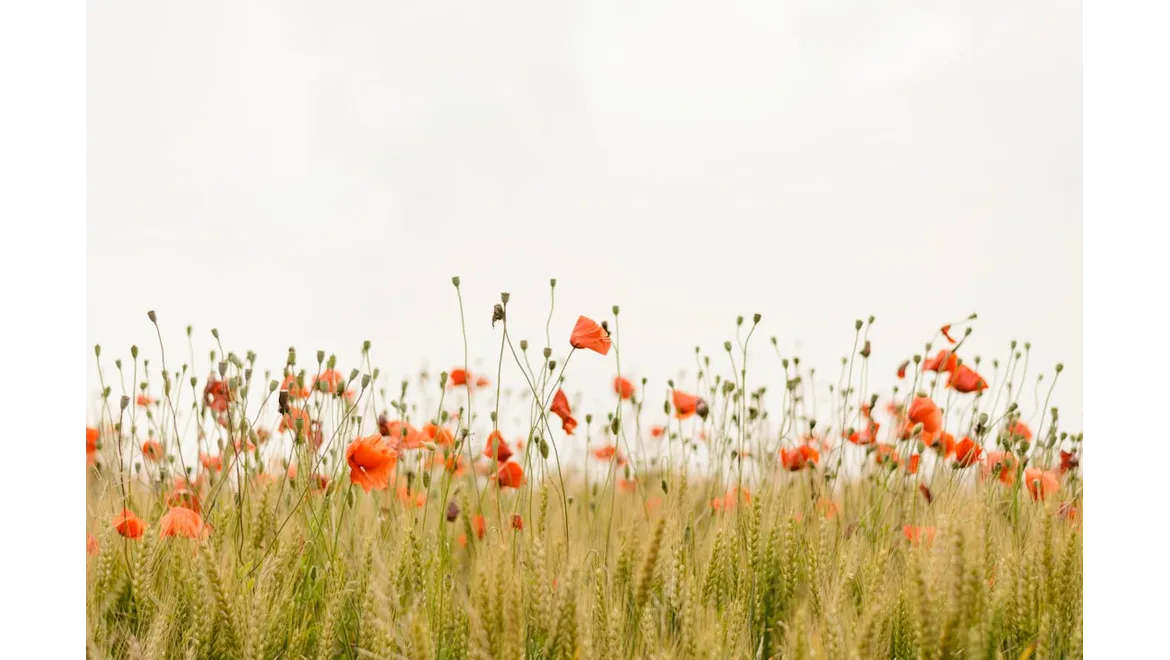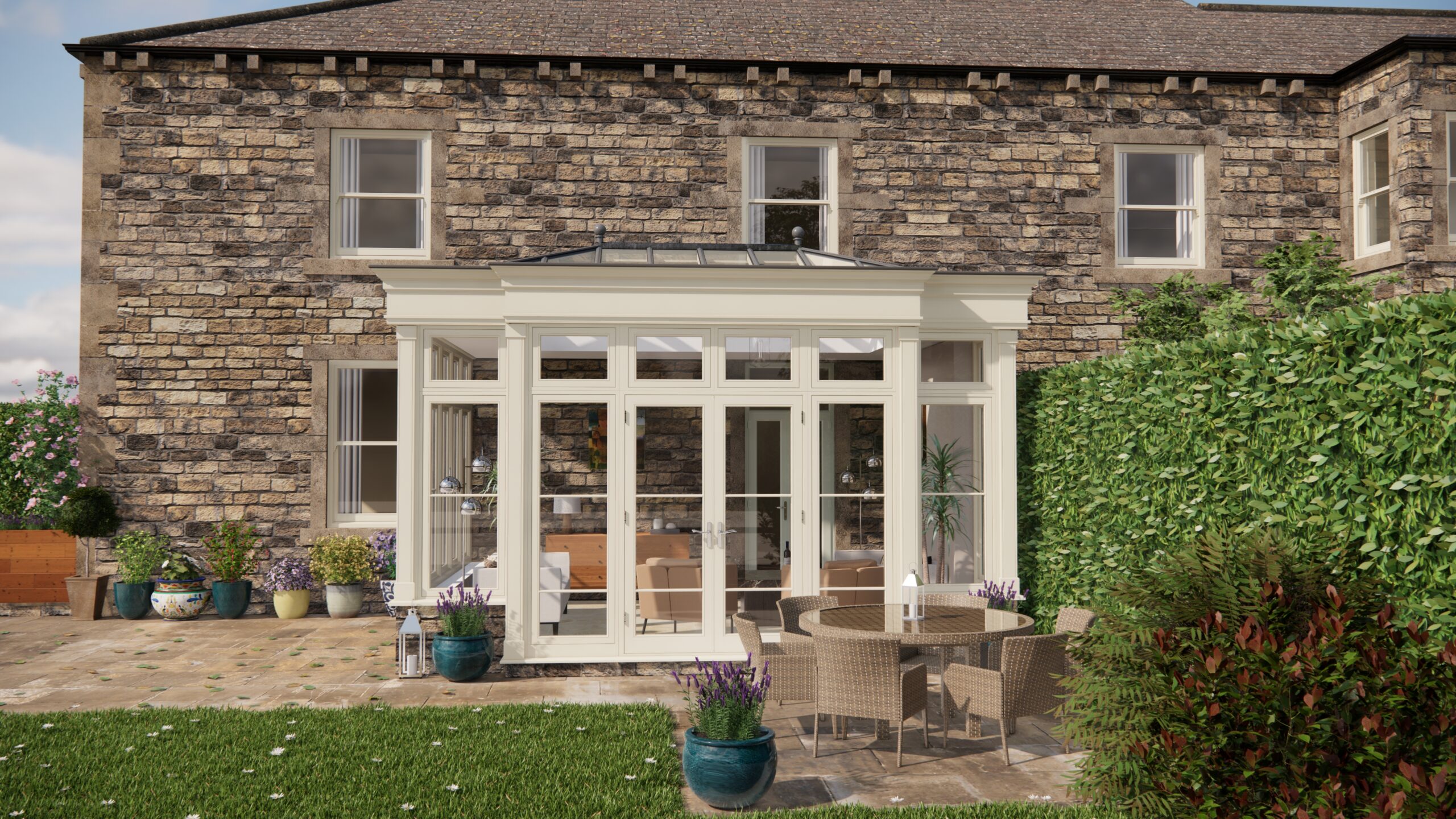Okay, let’s be honest, the words ‘biophilic design’ can sound a bit intimidating, right? Like something only interior designers with enormous budgets can pull off. But I’m on a mission to prove that connecting with nature at home is achievable, affordable, and, dare I say, therapeutic. That’s why I sat down with Maisie, a self-proclaimed ‘nature enthusiast on a shoestring,’ to get her take on bringing the outdoors in.
Maisie greeted me with a mug of herbal tea (naturally!) in her sun-drenched living room, which was bursting with greenery. It was clear she wasn’t just talking the talk; she was living the biophilic life. “So, tell me, Maisie,” I began, “how do you make biophilic design accessible for everyone?”
“It’s all about resourcefulness and seeing the potential in everyday things,” she said with a smile. “Forget expensive furniture; think about what nature already provides!”
Terrarium Time: A Mini Ecosystem in a Jar
Maisie’s first tip was something I’d always wanted to try: building a terrarium. “It’s like creating your own miniature world,” she explained. “And it’s surprisingly easy and cost-effective.” Here’s her step-by-step guide:
-
Gather your materials: You’ll need a glass container (an old fishbowl, a large jar, or even a repurposed vase works perfectly), some gravel or pebbles for drainage, activated charcoal (this helps filter the water and prevent odours), potting soil, and small plants that thrive in humid environments (think ferns, moss, succulents, or air plants). You can find most of these at garden centres or even online at very reasonable prices.
-
Layer it up: First, add a layer of gravel or pebbles to the bottom of the container. This is crucial for drainage. Then, sprinkle a thin layer of activated charcoal on top. Finally, add a layer of potting soil, deep enough to accommodate the roots of your plants.
-
Plant and arrange: Gently remove your plants from their pots and loosen the roots. Arrange them in the terrarium, planting them firmly in the soil. Think about creating different levels and textures for a more visually appealing effect.
-
Add finishing touches: You can add decorative elements like small stones, shells, or pieces of driftwood to create a more natural look.
-
Water and maintain: Lightly water the terrarium, just enough to moisten the soil. Avoid overwatering, as this can lead to mould growth. Place the terrarium in a spot with indirect sunlight.
Maisie emphasised that terrariums are incredibly low-maintenance. “Just mist them occasionally and remove any dead leaves,” she said. “It’s a little slice of nature that thrives with minimal effort.”
Living Walls: Vertical Gardens on a Budget
Next, Maisie shared her secrets to creating a budget-friendly living wall. “Living walls can seem daunting, but you don’t need a fancy system to enjoy the benefits,” she assured me. Her approach involves repurposing materials and focusing on simplicity.
“I used an old pallet, lined it with heavy-duty plastic, and then attached small plant pots to it using screws,” she explained. “You can also use old plastic bottles cut in half and attached to a backing board.”
She recommended using herbs, succulents, or trailing plants like ivy or pothos. These plants are relatively easy to care for and can create a stunning visual effect. Ensure the pallet or backing board is securely attached to the wall and that the area receives adequate sunlight. Remember to water regularly, allowing excess water to drain away.
Nature-Inspired Artwork: Found Object Masterpieces
Maisie’s final piece of advice was to embrace the art of nature-inspired crafting. “Go for a walk in the park or woods and collect interesting leaves, twigs, stones, and shells,” she suggested. “These can be transformed into beautiful and unique artwork.”
She showed me a framed piece she had created using pressed leaves and flowers, arranged in a simple yet elegant design. “You can also use twigs to create sculptures or decorative elements for your home,” she said. “The possibilities are endless!”
The key, according to Maisie, is to let your creativity flow and to embrace imperfections. “Don’t be afraid to experiment and have fun,” she urged. “The goal is to connect with nature and express your own unique style.”
Before I left, I asked Maisie about the impact of biophilic design on her well-being. “It’s transformed my home into a sanctuary,” she said. “Surrounding myself with nature has reduced my stress levels, increased my productivity, and simply made me happier.”
So, what have I learned from my chat with Maisie? That you don’t need to break the bank to bring the benefits of nature into your home. With a little creativity, resourcefulness, and a love for the natural world, you can create a biophilic haven that enhances your well-being and productivity, one terrarium, living wall, or nature-inspired artwork at a time. It’s about consciously creating a space that nurtures you, reflects your personality, and celebrates the beauty that surrounds us. So get out there, gather your materials, and start bringing the outside in!


